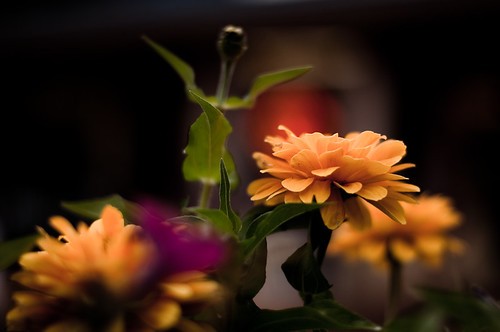DScience
No longer a newbie, moving up!
- Joined
- Apr 12, 2009
- Messages
- 1,513
- Reaction score
- 122
- Location
- Denver, CO
- Can others edit my Photos
- Photos NOT OK to edit
- Thread Starter 🔹
- #31
Ok.Interesting.
Do you have the top dome on the GF, or do you not have it on there and just have it open?
I keep the top dome on all the time.
If you're outside and don't have walls around... and you're pointing the GF directly at the subject with the dome on... then I imagine the results would be about the same as using a $10 StoFen defuser. The surface area is a little larger on the GF's dome (which if you're outside is the only thing firing light at your subject).
I have both products, I'll have to do some tests from a tripod - side by side - to see what the results are.
Seriously try this out, I am very curious. If you do, post results of course.








![[No title]](/data/xfmg/thumbnail/39/39183-f229dae0963376879140c9959e33f935.jpg?1734173057)
![[No title]](/data/xfmg/thumbnail/36/36665-7c494bf98537fba5ac87ac5ad6bda658.jpg?1734169172)

![[No title]](/data/xfmg/thumbnail/39/39184-d7e9fb25ed954af6adbcacfdf106df84.jpg?1734173058)



![[No title]](/data/xfmg/thumbnail/36/36663-6033a8e60c3aec9731283de0f7f2aafb.jpg?1734169171)
